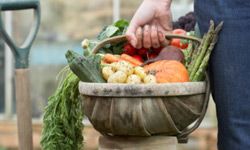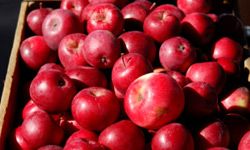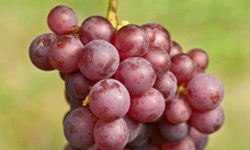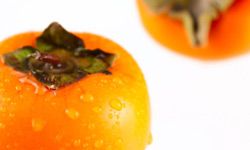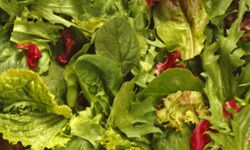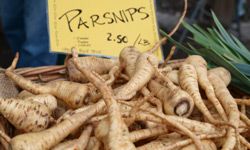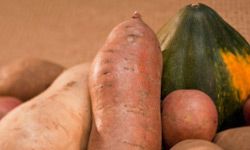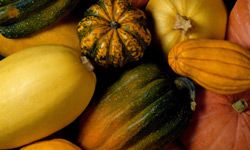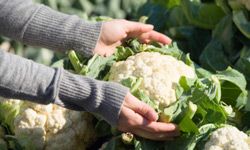If autumn has you lamenting the end of summer's sweet corn and sun-warmed peaches, take heart. From Kennewick, Wash., to Kennesaw, Ga., farmers markets still buzz with shoppers, and produce departments brim with fresh offerings. Even Alaskan farmers bring crops to market until early October.
Nature has shifted gears. Sunny days and cool nights favor new neighbors in the garden. Hardy and slow-growing, fall crops come into their own just as summer fruits and vegetables are packing it in.
Advertisement
This article takes a glimpse at the kaleidoscopic bounty of the autumn harvest: what you'll find, and how to choose the best of it. Some of these foods are grown from coast to coast; others are more regional. And while your local supermarket carries many of the 10 described here, those grown closest to home are apt to be freshest and easily available.
Reading about these delectables might even inspire you to put in a garden patch of your own. It may do you more good than you know. As the Southern humorist Lewis Grizzard put it: "It's difficult to think anything but pleasant thoughts while eating a homegrown tomato."
First up: How about them apples! We look at an all-time favorite in all its varied glory.
